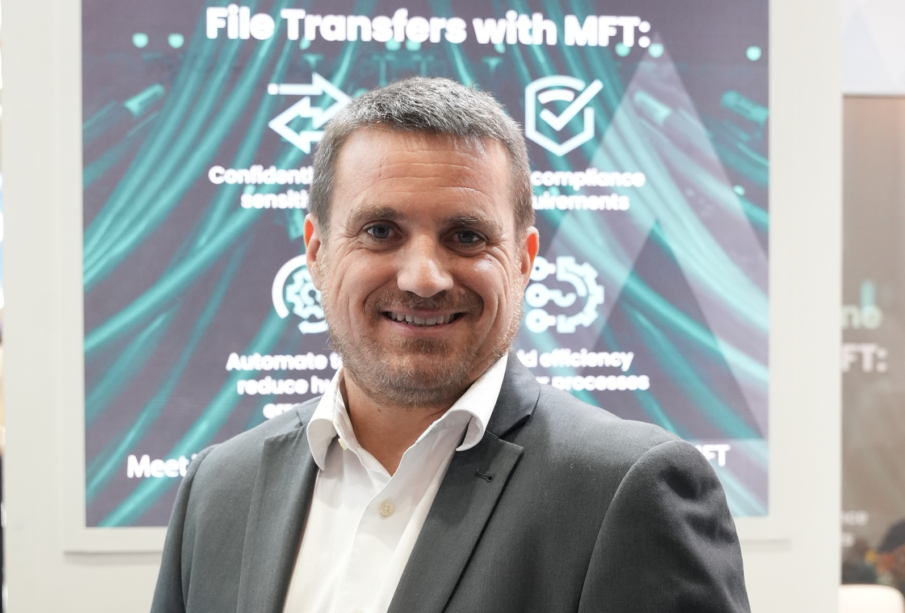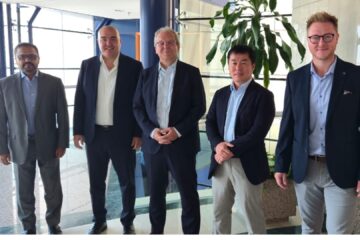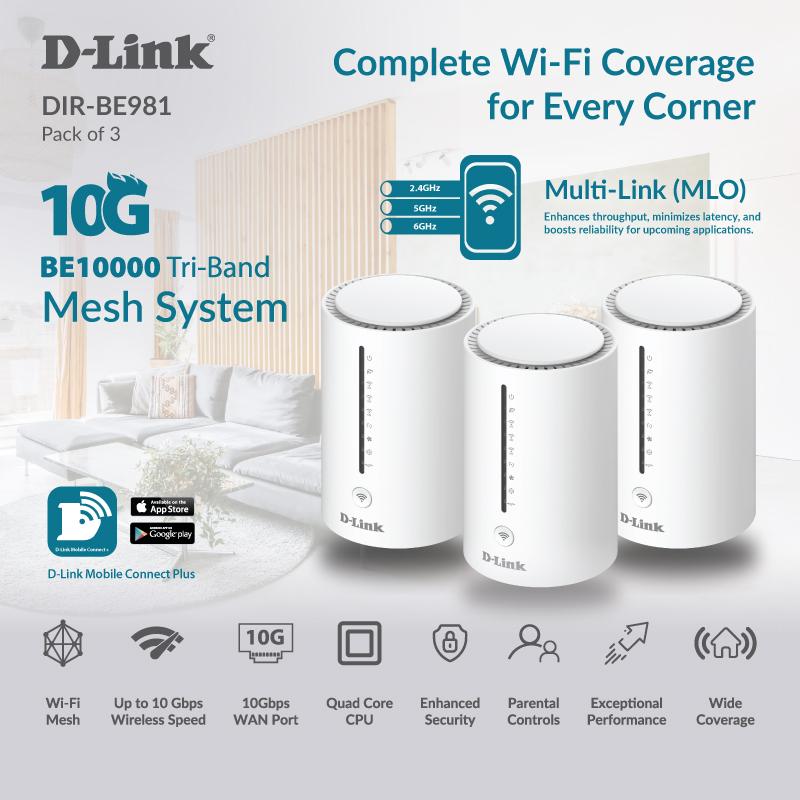Securing file transfer

Julian Gouz, Sales Lead for South EMEA at Fortra
At GITEX Global 2025, CXO DX spoke with Julian Gouz, Sales Lead for South EMEA at Fortra, about the company’s cybersecurity portfolio, its focus on managed file transfer (MFT), and how the region is driving strong growth for Fortra’s solutions.
Tell us about the MFT focus at Fortra?
Fortra’s MFT solutions help secure the way companies exchange data, either internally or with third parties, as a full part of their security stack. Protecting data is definitely a fit for managed file transfer. We are also having more and more activities on data security, covering data classification and data loss prevention.
Mention any recent product updates in your MFT offerings?
Managed file transfer is not something new in the market; it has been there for ages. Of course, we are releasing versions almost every quarter, with a strong focus on security over several releases now.
We have a new version coming, and another major version of GoAnywhere coming in the beginning of next year. We are now addressing features to improve how we serve the enterprise segment, adding more capabilities around high availability and zero downtime possibilities for the solution. That will be the focus for the coming releases.
What are the major challenges enterprises face with file transfers?
They are very diverse. We still see some companies not really using any proper MFT solution. They often rely on very old platforms or just homegrown scripts, what we used to call a “Frankenstein” of their MFT footprint.
Many of these companies are now looking for a centralized and secure platform to deploy within their organizations. In this region, a lot of projects are driven by compliance requirements, and we also see many customers looking to replace old or end-of-life solutions.
If you look at the MFT market right now, you can see that several vendors have technologies reaching end-of-life — so this is a moment when many customers are evaluating the market. We are seeing a large number of replacement projects as a result.
How big is the addressable market for MFT?
MFT is very specific and a niche market, but we think the field is extremely big, and we are really far from covering it fully today.
We also see that MFT overlaps with other areas. Security is a key aspect in MFT projects, and we are integrating strong capabilities there. For instance, we now have Threat Brain Fortress, which we can plug with our MFT solution or our ICAP gateway, allowing us to scan all files coming in and out of the company. That is something more and more customers are demanding.
We also see connections with API management; as data exchange evolves beyond traditional file transfers, MFT platforms are now able to manage message communications and API transactions as well. So we see several parallel ways to extend our footprint.
How significant is MFT within the overall Fortra portfolio?
Right now, MFT is quite a big part of our activity. It’s a very solid business; we’ve been growing constantly for the last decade.
I’ve been working with GoAnywhere and Globalscape technologies for ten years, since before the acquisition and MFT remains a very strong and growing business for Fortra.
Even though it’s not the most “innovative” area in IT, the needs of companies are evolving, and Fortra continues to invest heavily in developing the solution. We’re capturing market share and seeing consistent growth.
Does MFT align more with cybersecurity or with areas like storage and backup?
It definitely aligns with security. Even though MFT is often operated by IT teams rather than cybersecurity teams, many projects are security-driven.
When you talk about data classification and data loss prevention, protecting your data naturally includes MFT, because while classification and DLP focus mainly on users and employees, MFT protects all automated data exchanges.
So to me, they are like ‘cousins’, working hand in hand within the broader cybersecurity framework.
How has this region been for Fortra in terms of growth and sales?
It’s nothing different from anywhere else; the region is growing like crazy. It’s an extremely dynamic market, and we see big demand from nearly all the countries in the region.
It has become a key area for us. We are investing a lot and specifically in the MFT business unit, we are adding more people in the field, more people working directly with partners and customers. I would say it’s one of the most dynamic regions in the world, and definitely a key focus area for us.
Can you give us an overview of Fortra’s broader cybersecurity portfolio?
On the cyber side, we divide it into two big areas; offensive security and defensive security.
On the defensive side, we cover data protection, which includes data classification, data loss prevention, and DRM, all within one suite. We are also strong in email protection, and we address the human factor through user security awareness training and phishing simulation.
The beauty of this is that we integrate all technologies into one single platform, so customers can benefit from different pieces of the Fortress portfolio within one product installed in their infrastructure.
On the offensive side, we provide platforms for pen testers and red teamers. We have very strong brands — probably the most famous one is Cobalt Strike, which is well known in the ethical hacking segment. So that’s part of our offensive security business.















